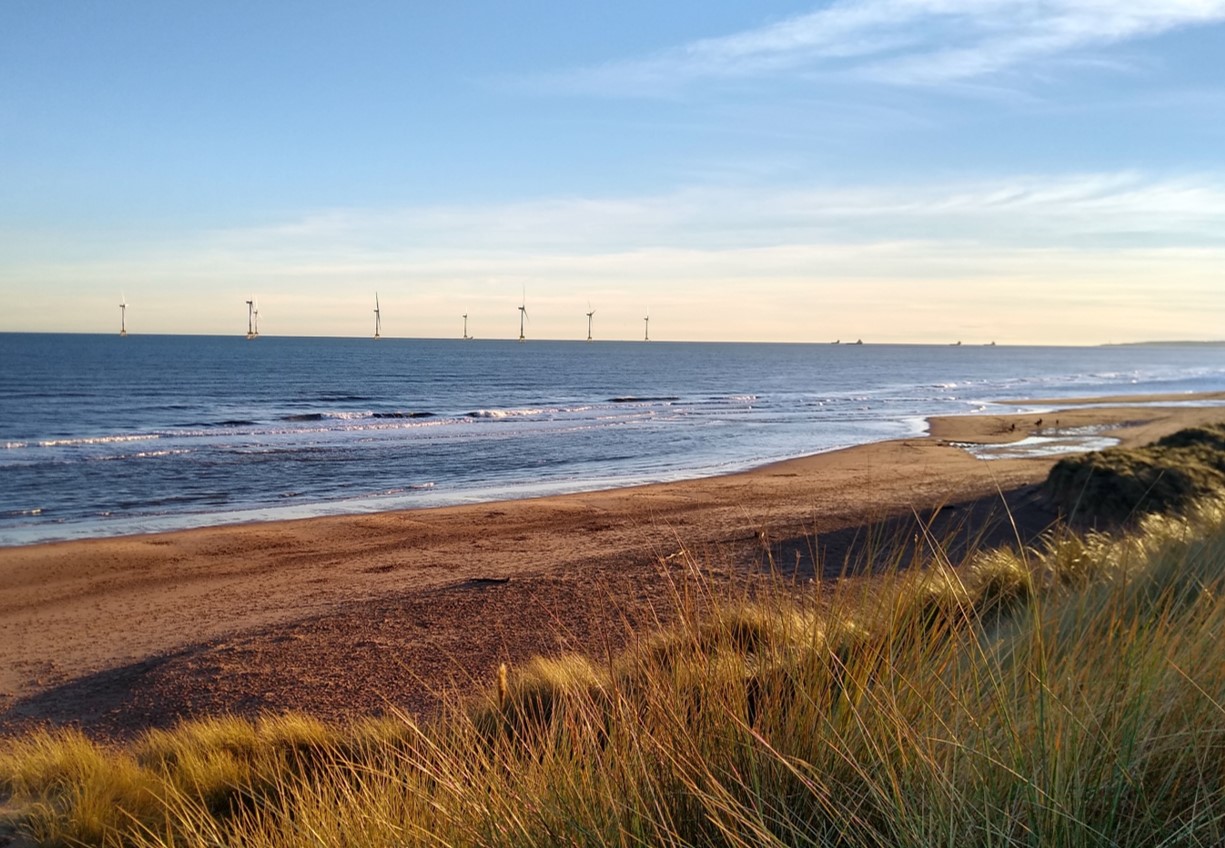Up to 60% of the required reduction in CO2 emissions for the UK can be released through a variety of projects focussed on the UK North Sea. This illustrates the pivotal role of the offshore sector in the process of achieving net zero emissions by 2050, according to the Phase 3 Energy Integration Report that was made available by the OGA yesterday. The annual CO2 emissions for the UK amount to over 400 million tons per year.
The study further concludes that about half of the 60% mentioned above can be realised through carbon capture and storage (CCS) combined with CCS plus hydrogen. The other half can potentially be accounted for by offshore renewables such as wind, wave and tidal.
The Energy Integration project was initiated in 2019 with the purpose to investigate ways to integrate offshore energy systems for environmental and efficiency gains. Various reports were published during the project, with a few still being worked on as well.
Wind and CCS
One of the studies carried out under the Energy Integration project umbrella that is already available is a report on the much-needed coordination between wind and CCS projects. As John Underhill already highlighted in a story last year, with increasingly large areas being taken up by offshore wind farms, there is the urgent need to ensure that valuable subsurface storage sites will remain accessible in the near future. This especially applies to the ability to carry out monitoring surveys, for which sufficient open space is required to tow streamers.

Electrification
A project that is still ongoing, following award in December 2021, is a study towards the electrification of offshore oil and gas production. Orcadian Energy, one of the three winners of the project, is currently looking at concepts for the electrification of offshore installations in the Central Graben. Rather than sourcing power from onshore, Orcadian is focusing on harvesting the energy needed to electrify oil and gas production platforms using the offshore power hub concept.
The rationale for offshore power hubs, consisting of floating wind turbines and associated back-up, is the observation that offshore wind tends to be more steadily available than onshore wind. Also, it doesn’t require to tap into onshore power supplies that can probably be used for a variety of other purposes as well. See here a video about Orcadian’s project and vision.
HENK KOMBRINK





